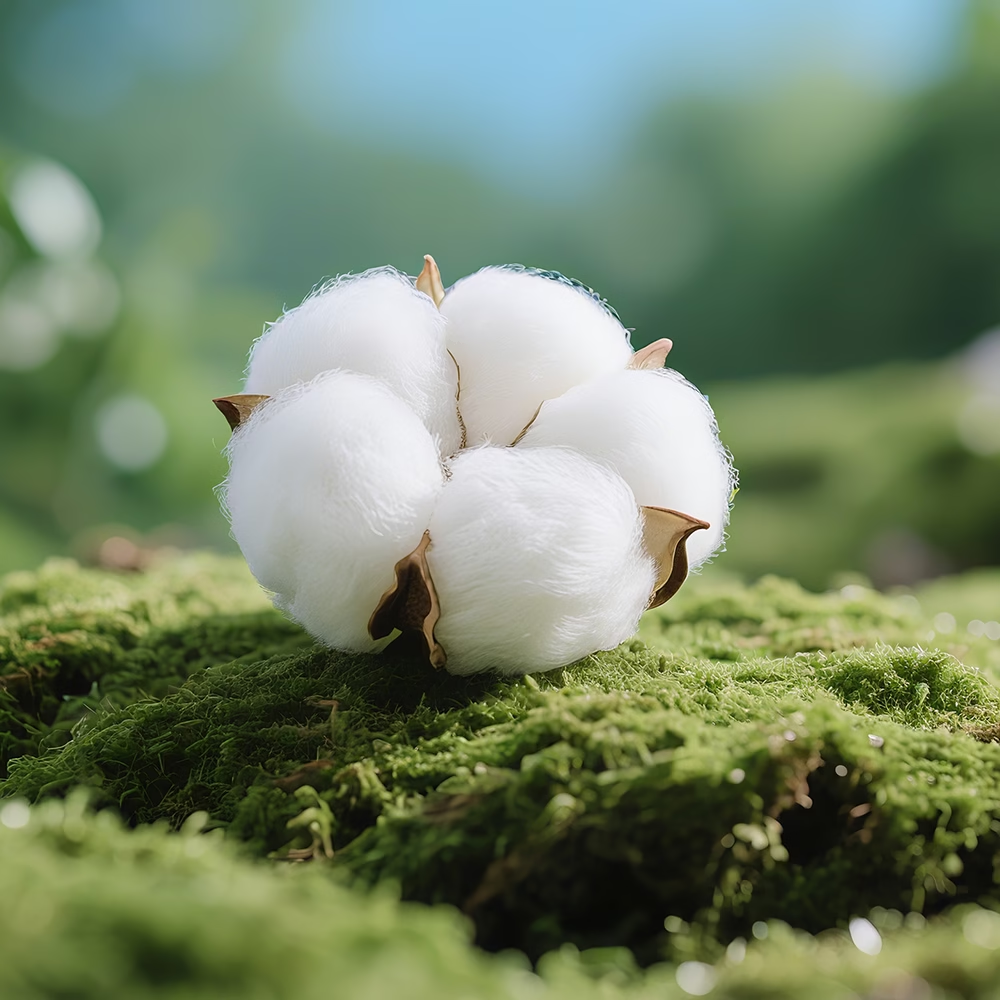A Growing Shift You Can‘t Ignore
I once had a buyer tell me, “If it’s not traceable, I don’t buy it.” That stuck with me. Lately, buyers in Europe and the U.S. aren’t just asking for sustainable fabrics — they’re demanding proof.
Sustainable fabrics like organic cotton, RPET (recycled polyester), and bamboo are no longer niche. They’re part of the procurement checklist for serious brands.
If you source apparel for a living, this matters. Ignore it and you risk losing shelf space, contracts, or goodwill.

Why the Market Is Moving Fast
A mix of things pushed this: shoppers who care more, new laws in Europe, and retailers that won’t accept vague claims. I see three practical drivers:
- Consumers want transparency. They ask: Where did this fabric come from?
- Regulations (especially in Europe) are tightening on waste and chemicals.
- Retail buyers spot a selling point: eco-labels can justify higher retail prices.
I’ve watched a simple switch—say, swapping a plain tee to GOTS-certified organic—improve sell-through in a week. That’s not hype. It’s real customer behavior.
What Each Fabric Brings to the Table
Organic cotton — trusted when certified
People think “organic” means softer or cleaner. It can. What matters for B2B is certification. GOTS and OEKO-TEX are the names buyers look for. Without them, “organic” is just marketing. When suppliers show batch-level certificates, buying teams relax. When they don’t, orders stall.
RPET — plastic turned useful
RPET converts bottles into fiber. It’s durable and familiar—especially in sportswear and outerwear. A sports brand I worked with uses RPET in shell fabrics. The performance matches virgin polyester, and the sustainability story helps on racks.
Bamboo — comfy and surprisingly technical
Bamboo is soft and breathable. It’s not a miracle fiber, but blended right it gives great hand-feel and odor resistance. For leggings or summer tees, bamboo blends can be a winner—if mills control shrink and hand feel.
Practical Questions I Ask Before I Buy
When a buyer asks me what to test, I’ve got a short checklist I always follow. It saves time and prevents surprises:
- Ask for certificates tied to lot numbers. PDF claims aren’t enough. Request traceable docs.
- Request wash tests. How does color, hand-feel and shrinkage behave after 5–10 washes?
- Test prints and trims. Does RPET take pigment prints well? Will bamboo fray with a raw edge?
- Check MOQ realities. Some mills require higher minimums for RPET or bamboo blends.
Small pilots are your best friend. I rarely jump straight into full-scale production on new sustainable fabrics.
(Internal link: add a link here to a related post on your blog — e.g. “See our guide on fabric testing” → https://sheenup.com/resources/)
Real Examples That Helped Me Decide
Two quick stories from the field:
- A UK brand moved a summer tee to bamboo-cotton blends. They tested 200 pieces first. Customers loved the feel. The brand rolled it out and avoided a costly return cycle.
- A U.S. retailer insisted on RPET for athleisure. Initial price was higher, but the marketing lift and fewer markdowns offset the difference in two months.
Those projects didn’t succeed because of buzz. They worked because of small tests, proper certificates, and honest supplier conversations.
How to Start — My Simple Game Plan
If you’re ready to make the move, here’s a short plan I use with teams:
- Pick one SKU (a tee or hoodie).
- Run a 100–300 piece pilot in organic cotton or RPET.
- Test wash, print, and label traceability.
- Review customer feedback and sales.
- Scale if it passes—otherwise iterate.
This approach keeps risk low and learning high. You’ll find which fabrics work for your market before you commit major spend.
FAQ
1. How can I verify organic cotton claims?
Ask for GOTS or OEKO-TEX certificates tied to the supplier’s lot number and check them against the issuer’s database.
2. What performance differences should I expect with RPET?
RPET usually matches virgin polyester in durability and printability. Test moisture and abrasion resistance for your specific construction.
3. How do bamboo blends hold up in everyday wear?
Bamboo blends are soft and breathable. Check for shrinkage and pilling in wash tests—blends with cotton or elastane typically fare better.
4. How should I approach MOQs for sustainable fabrics?
Start with pilot orders. Negotiate slightly higher sample MOQs or split runs across SKUs to reduce risk.
5. What certifications matter most for European buyers?
GOTS, OEKO-TEX, and proof of chain-of-custody for recycled content are commonly requested by European retailers.
Final Thought and Gentle CTA
Sustainable fabrics are not a single choice. They’re a set of trade-offs: price, performance, and proof. In my work, the clients who win are the ones who test first, ask for certificates, and make slow, confident moves.
If you want real numbers—MOQ, price bands, or pilot planning for organic cotton, RPET or bamboo—let’s talk. I can share what I’ve seen work and what to avoid. No hard sell, just practical guidance.

